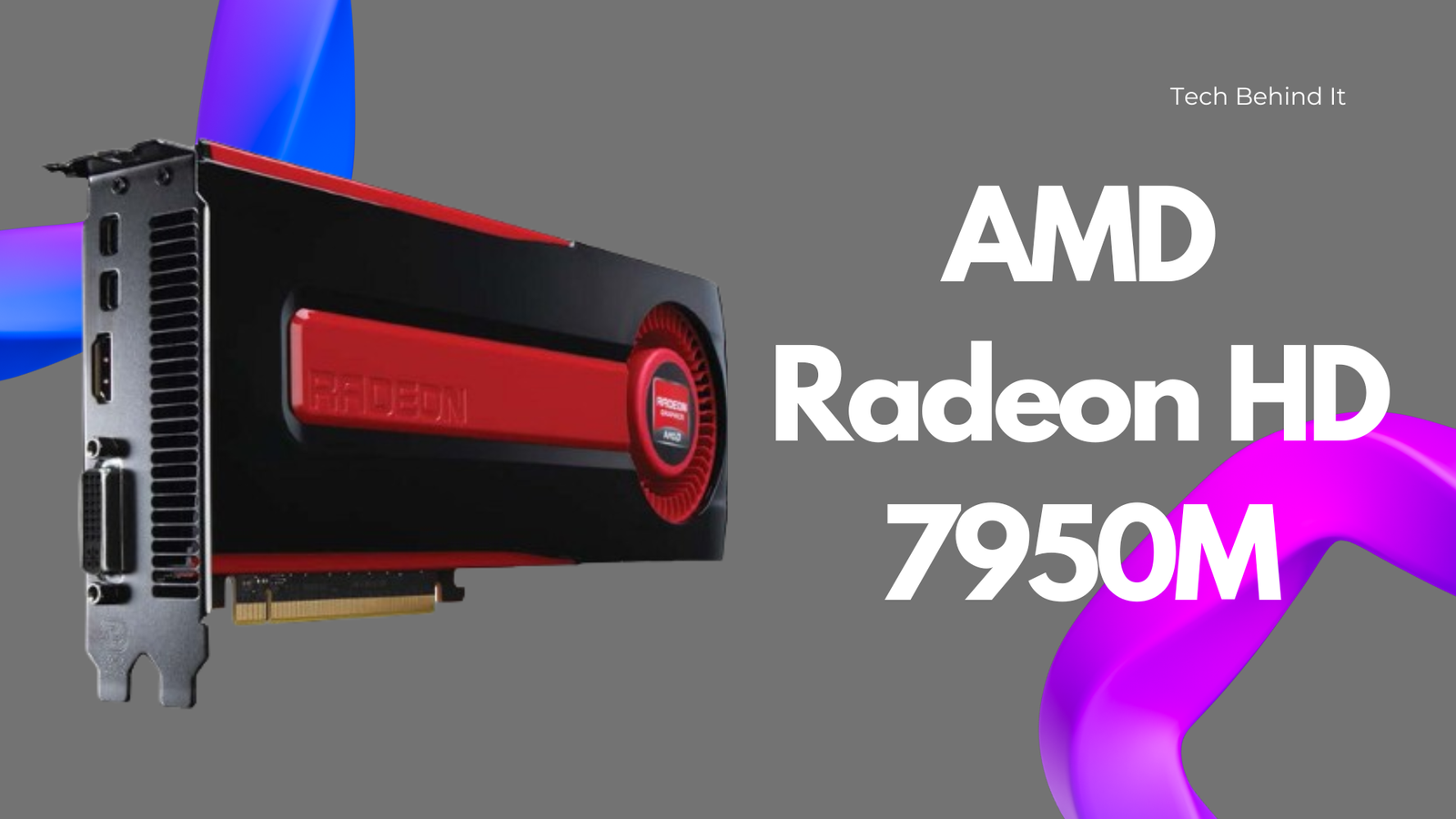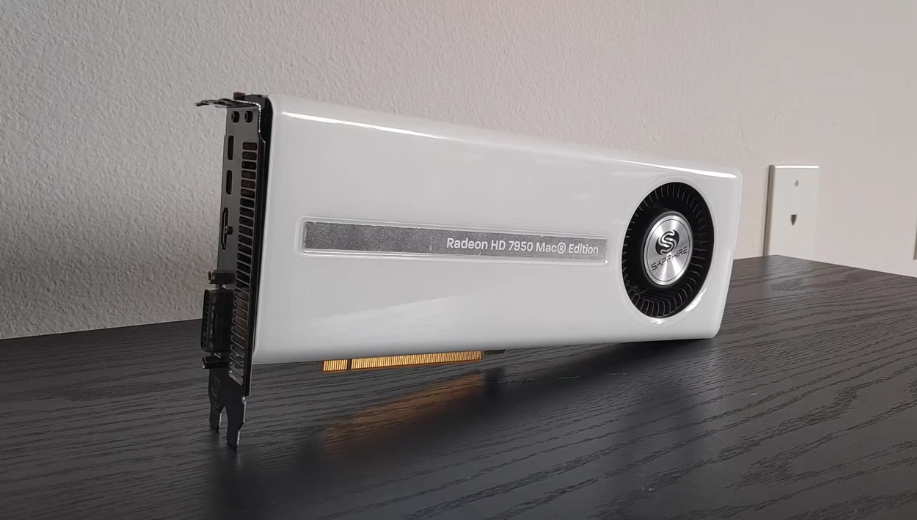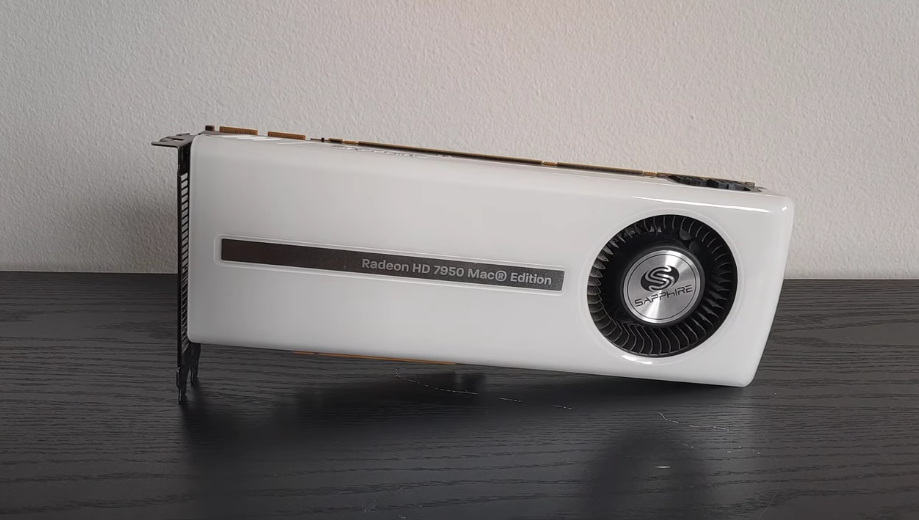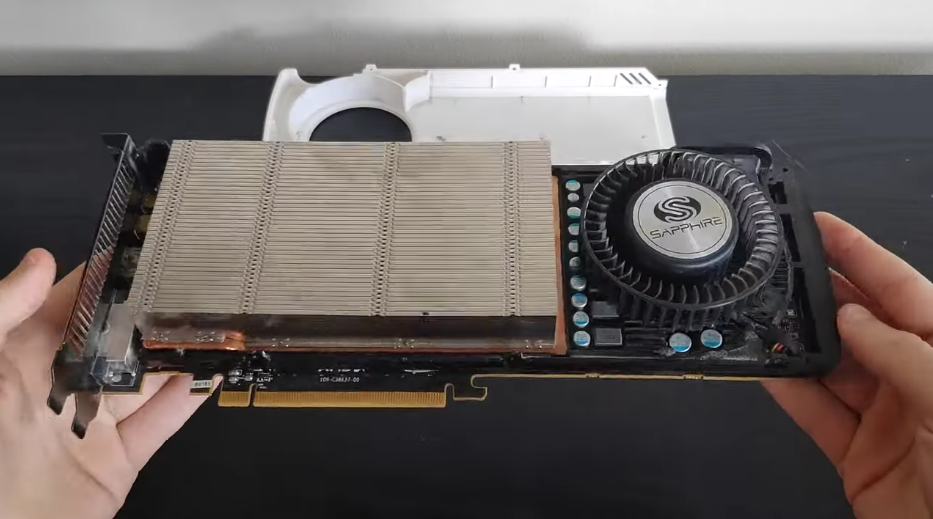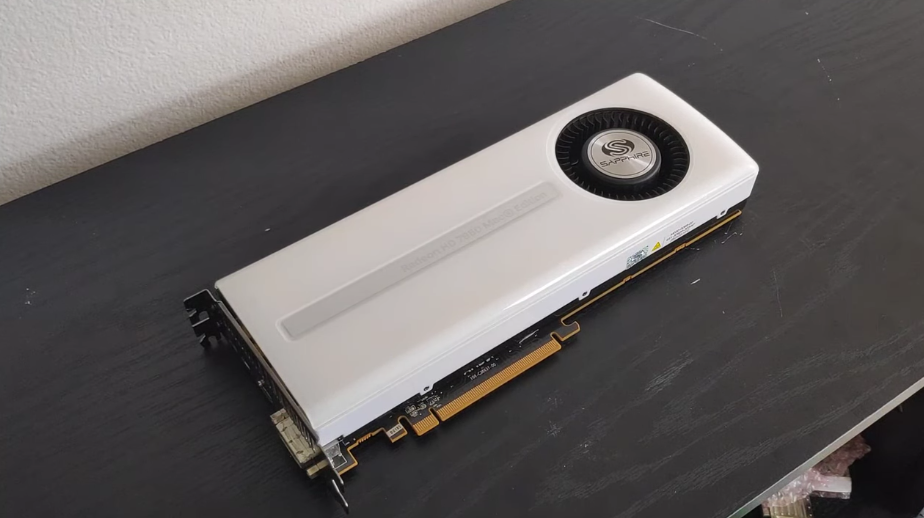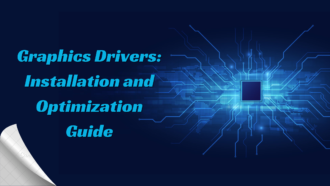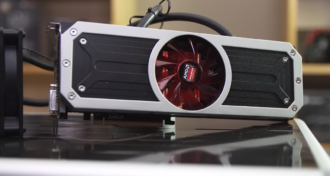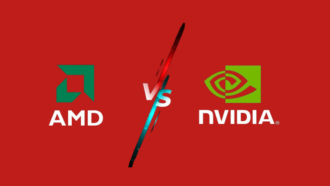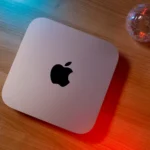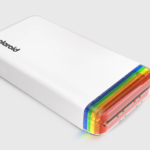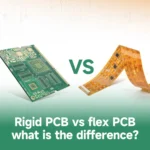A Deep Dive into the AMD Radeon HD 7950M Graphics Powerhouse
- 1 Specifications Of AMD Radeon HD 7950M Graphics
- 1.1 What Is In The Box?
- 1.2 AMD Radeon HD 7950M Dominance
- 1.3 High-Performance Visuals for Gaming and Creativity
- 1.4 Explore the Affordability and Performance
- 1.5 Featuring AMD Radeon HD 7950M Graphics
- 1.6 Thermals and Power Consumption of AMD Radeon HD 7950M Graphics
- 1.7 Pros and Cons Of AMD Radeon HD 7950M
- 1.8 Should I buy Radeon HD 7950M?
- 2 Conclusion
- 3 Frequently Asked Questions
The AMD Radeon HD 7950M, introduced on April 24, 2012, brings cutting-edge graphics to laptops and notebooks. Our comprehensive dive into this GPU’s architecture, features, and performance will illuminate its capabilities and implications.
Radeon HD 7950 was an AMD high-end graphics card released on January 31, 2012. Built on the 28 nm technology and using the Tahiti graphics processor, the Tahiti PRO card supports DirectX 12. It supports DirectX 12. However, its feature level is 11_1, which may cause issues with newer games. The Tahiti graphics processor has a 352 mm² die size and 4,313 million transistors. AMD blocked specific shading units on the Radeon HD 7950 to fulfil its shader count goal, unlike the fully unlocked Radeon HD 7970, which utilises the same GPU but has all 2048 shaders activated. It has 32 ROPs, 1792 shading units, and 112 texture mapping units. AMD linked 3,072 MB GDDR5 memory to the Radeon HD 7950 using a 384-bit memory interface.
Specifications Of AMD Radeon HD 7950M Graphics
| Model | AMD Radeon HD 7950M |
| Stream Processors | 1792 |
| Memory | 2GB or 4GB |
| DirectX Support | DirectX 11.2 |
| Manufacturing Process | 28 nm |
| CrossFireX Support | Yes |
| Memory Size | 3 GB |
| Memory Type | GDDR5 |
What Is In The Box?
- The AMD Radeon HD 7950M graphics Card comprises the GPU and graphics processing technology.
- User manual/documentation: Installation, setup, and graphics card-specific functions are required.
- A CD or DVD, including drivers and applications. Users usually download the latest drivers on modern computers from the manufacturer’s website.
- Power cables connect the graphics card to the power supply. This may contain 6-pin and 8-pin power connectors.
- Display adapters connect the graphics card to HDMI or DisplayPort.
- Additional Accessories: Some manufacturers include stickers, promotional materials, or brand-specific features.
AMD Radeon HD 7950M Dominance
AMD’s Radeon HD 7970 dominated the graphics card market with its 28-nm production technique and Graphics Core Next architecture. Despite its power, the 7970’s high price deterred many buyers.
High-Performance Visuals for Gaming and Creativity
AMD released the Radeon HD 7950 to meet the demand for a cheaper solution. The 7950 turns off four compute units (CUs) and slows clock speeds via deliberate “trimming” using the same Tahiti GPU as the 7970. This reduces theoretical capabilities on paper but may not affect real-world performance.
Comparing the Radeon HD 7950 to the 7970 shows essential differences:
- 800 MHz (7950) vs. 925 MHz (7970) core clock
- Shader ALUs: 1792 (7950) vs. 2048 (7970).
- 5000 MT/s (7950) vs 5500 (7970) memory transfer speed
- Max Board Power: 200W (7950) vs. 250W (7970).
These changes result in a more affordable graphics card with solid performance.
Explore the Affordability and Performance
AMD designed the Radeon HD 7950 to compete with the GeForce GTX 580 in performance and price. Starting at $449, the 7950 targets budget-conscious gamers without sacrificing features.
Featuring AMD Radeon HD 7950M Graphics
The Black Edition of the Radeon HD 7950 from XFX has a custom cooler and faster clock speed. With a default GPU core clock of 900 MHz (compared to 800 MHz), the Black Edition seeks to close the performance gap between the 7950 and its more expensive rivals. The Radeon HD 7950 performs well in Skyrim, Batman: Arkham City, Battlefield 3, Serious Sam 3: BFE, and Crysis 2. The 7950 outperforms the GeForce GTX 580 and frequently matches the 7970.
The XFX Radeon HD 7950 Black Edition has excellent overclocking potential. With an 1175 MHz core clock and 1575 MHz memory clock, the 7950 outperforms the hot-clocked XFX 7970. Users who want to maximise performance will love the 7950’s overclocking potential.
Thermals and Power Consumption of AMD Radeon HD 7950M Graphics
The 7950 uses less electricity than its competitors, significantly when idle. Thermal management improvements allow aftermarket coolers like the XFX Radeon HD 7970 Black Edition to keep GPU temperatures low. In May 2012, AMD released the 28 nm mobile GPU AMD Radeon HD 7950M with Graphics Core Next architecture. In its time, it had 700 MHz graphics frequency, 1280 stream processors, 80 texture units, and 32 colour ROPs.With 2 GB of GDDR5 memory on a 256-bit bus clocked at 1 GHz, Radeon HD 7950M delivers 128 GB/s memory bandwidth.
This MXM interface and 75-watt power draw make it suitable for mobile applications. With a similar GPU, crossfire improves gaming. The maximum digital resolution is 2560 x 1600, and the VGA resolution is 2048 x 1536. It allows multi-monitor setups with up to 6 panels. Dual-Link DVI, HDMI 1.4a, VGA, and DisplayPort 1.2 are offered. It boasts 1792 GFLOPS single-precision compute power, 22.4 Gigapixels/s pixel fill rate, and 56 Gigatexels/s texture fill rate. GPUs enable AMD PowerTune, AMD ZeroCore Power, ATI/AMD PowerPlay, Direct Compute 11, HD3D, HDCP, and HDR. The Radeon HD 7950M supports modern graphics with DirectX 11.1, OpenGL 4.2, and Open CL 1.2. Its versatility is enhanced by shader model 5.0 and Windows 7, Vista, and XP driver support.
Pros and Cons Of AMD Radeon HD 7950M
| PROS | CONS |
| The AMD Radeon HD 7950M’s 700 MHz graphics clock frequency, 1280 stream processors, and 80 texture units provide strong performance. | A mobile GPU’s maximum power drain of 75 Watts is reasonable, but power-sensitive applications or thin form-factor devices may find it too high. |
| A 256-bit bus and 2 GB of GDDR5 memory give the GPU 128 GB/s memory bandwidth. Large textures are handled efficiently, and speed is improved. | It was competitive, but newer GPUs have better features, power economy, and performance. |
| For customers that need lots of screen space, the GPU supports multi-monitor setups with up to 6. |
Should I buy Radeon HD 7950M?
If you can find the Radeon HD 7950M cheaply, it can still perform decently for its age. Radeon HD 7950M should handle non-AAA games well. Multi-Monitor Setup: The GPU can support 6 monitors and multiple display interfaces.Specific software: AMD GPU-compatible programs that use the Radeon HD 7950M are an excellent choice.
Newer GPUs may be more power-efficient. The decent Radeon HD 7950M may be power-hungry. GPU models with upgraded features and compatibility support the latest DirectX and OpenGL versions. Remember that the Radeon HD 7950M is older if you wish to use it for years. Buying a new GPU may extend life and software compatibility. The Radeon HD 7950M may struggle to run modern games at high settings and resolutions.
Conclusion
The AMD Radeon HD 7950M has strengths and cons despite its age. It can handle older or less demanding games and is inexpensive for budget-conscious users. Its multiple monitor and display port functionality appeals to some applications. The drawbacks, such as poorer power efficiency and inability to run the latest games at high settings, should be considered by consumers. The choice is determined by needs, budget, predicted usage, and the GPU’s ageing and long-term consequences.
Frequently Asked Questions
What are the specs of the Radeon HD 7950?
It has 32 ROPs, 1792 shading units, and 112 texture mapping units. AMD linked 3,072 MB GDDR5 memory to the Radeon HD 7950 using a 384-bit memory interface. The GPU runs at 800 MHz and memory at 1250 MHz (5 Gbps effective).
Is the HD 7950 good for gaming?
Radeon HD 7950 is an enthusiast AMD video card. This is 12 generations old. Radeon HD 7950 runs 83% of the top 11,000 PC games. It will also run 52% of these games at best settings.
What is the maximum RAM speed for AMD 7950?
The maximum supported memory speed is 5200 MT/s, but overclocking and the proper modules can increase it. To prevent data corruption in mission-critical systems, ECC memory is supported.

